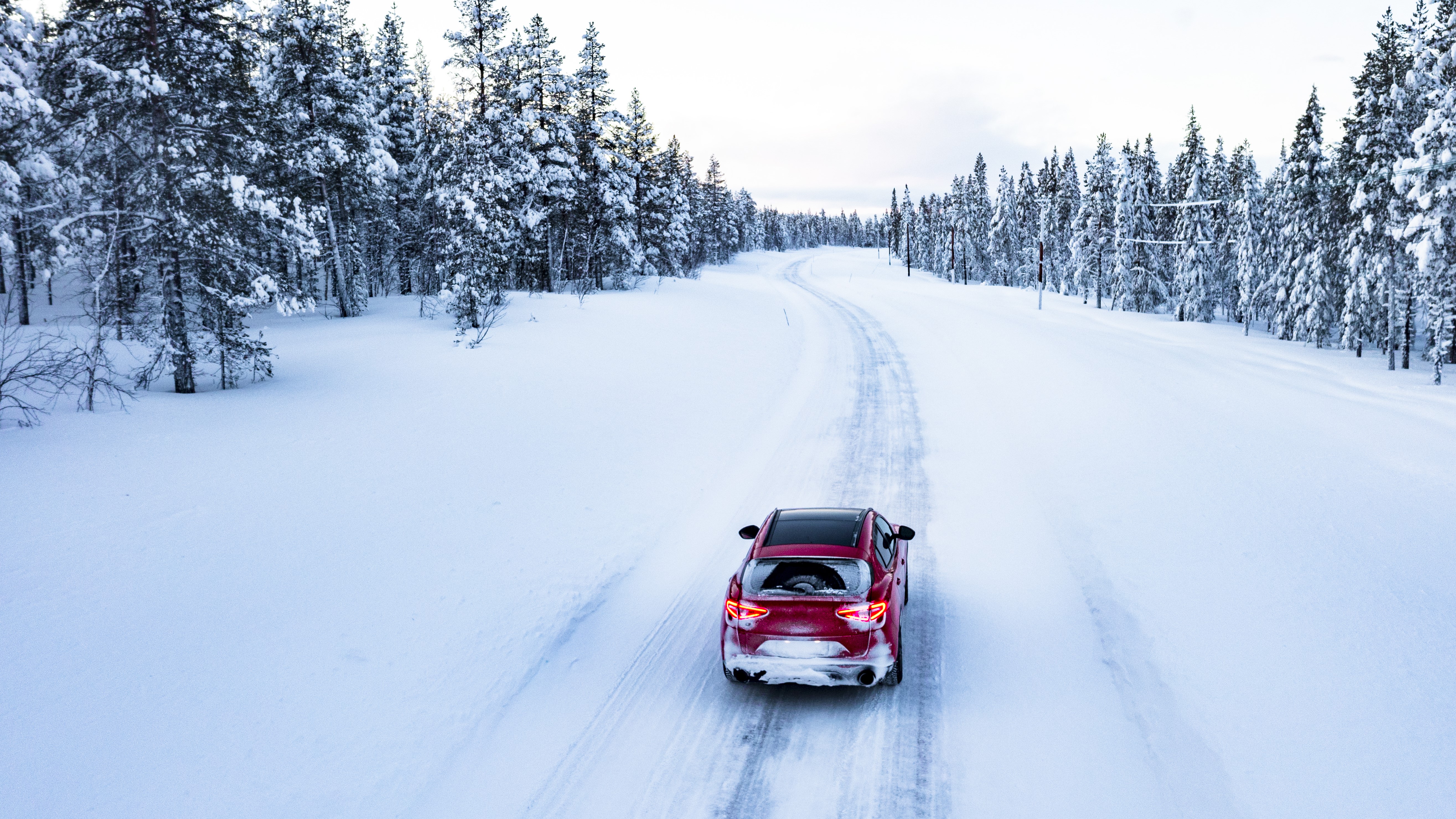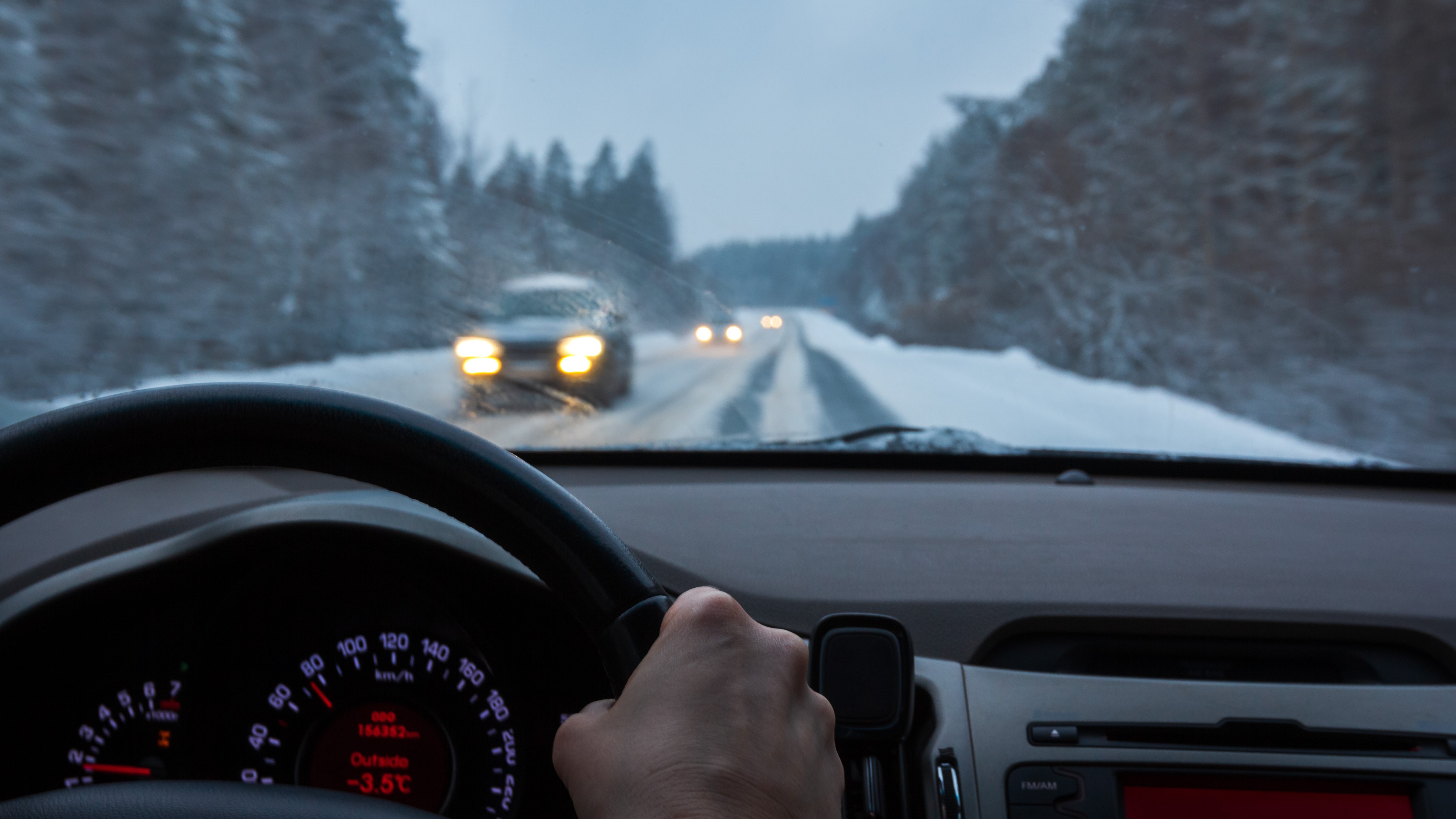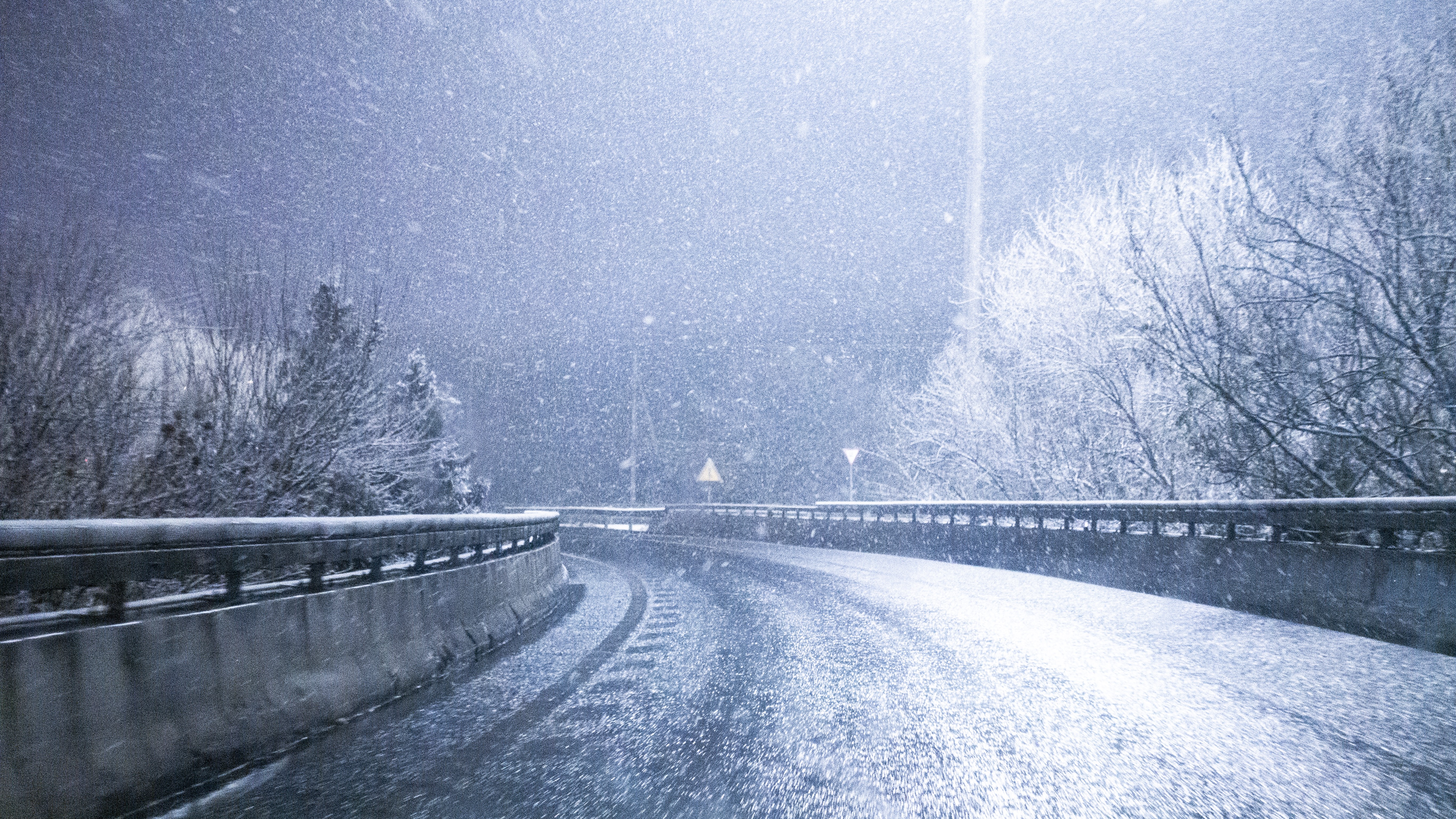Heading up to ski country? Here's what you need to know about traction laws
Traction laws might seem easy to ignore if you're just visiting, but doing so could be a costly, and dangerous, mistake

So you’re planning a ski trip this winter. You fly into Denver or Salt Lake and head straight over to the rental car desk. At the counter, there are all the usual attempts to strongarm more money out of you. Can we interest you in an upgrade to a Mercedes Benz? No thanks. Can we add on insurance that you already have through your credit card? Not necessary. Will you be requiring a car with snow tires or four wheel drive?
Many people say no to this last option, because it’s usually more expensive and after all, you’re just going to drive to the resort, park the car then drive it back at the end of the week. It’s sunny outside – do you really need snow tires? But once you start heading into the mountains, the roads become winding, the temperature drops and before you know it, there’s snow falling.
I lived in Vail, a ski resort in the Colorado Rockies, for 11 years and every snow storm, there would be at least one driver who had come up to the mountains unprepared. Perhaps it had been sunny down in Denver when they picked up their rental car or maybe they just didn’t take the warning signs seriously, but they’d always end up in the same place – off the side of the highway and not always wheel side down.
Driving into ski country without proper tires isn’t just scary, it can be illegal and land you in hot water, and it’s important to understand and obey traction laws when you head into ski country.

What are traction laws?
Traction laws are state laws which dictate that all or some vehicles must be in possession of proper traction when traveling on the roads in winter conditions. Most states have traction laws that go into effect during winter weather, but in certain states you’ll almost never see them enacted, whereas if you’re heading to ski country in places like Colorado and Utah during winter, you may well encounter them for passenger vehicles.
Traction laws vary slightly from state to state, but the general idea is that, when there’s winter weather, you’ll need winter or all season tires with a certain depth of tread, chains or a 4WD or AWD vehicle to legally drive on certain roads. If there is a traction law in effect, signs on the roads will alert you and it’s your job to make sure you’re properly equipped before beginning your journey.
Obviously if you live in the mountains or go there regularly, your car should be winter ready by October in order for you to simply get around, but if you’re visiting from sea level, the very concept of winter-ready cars might be totally foreign to you. Plus, with all the organization that goes into organizing a ski trip, from procuring lift tickets and renting gear to making sure your ski pants and jacket still fit, you might not want to deal with the added hassle of making sure your can is ready for winter conditions, but it’s important to check the traction laws of the state you’re visiting, and make sure your vehicle is compliant.
All the latest inspiration, tips and guides to help you plan your next Advnture!

What happens if I don’t obey the traction law?
If you’re visiting from out of state and bringing your own car, getting a whole new set of tires put on your car just for a few days of skiing might seem like madness, and it would be easy to ignore the flashing warning signs and try to make it to your destination anyway. People do it all the time, and when it snows, they often end up spotlighted on social media accounts like i70 things on Instagram, which documents all the wild things that happen on Colorado’s busy traffic corridor to the mountains.
In addition to the humiliation of your tires spinning out while traffic builds up behind you, driving on slick, snowy roads without proper traction can be extremely dangerous and you risk your own life, as well as the lives of your passengers and everyone else on the road.
If that’s not enough to deter you from making this foolish decision, there will be legal and financial implications if you get caught. A traction law is, after all, a law, and if you don’t adhere to it there are penalties. In Colorado, you could be fined more than $130 if you’re caught driving without proper tires, which you could easily be if you slide off the road and need a tow. If you block the roadway, you could be fined more than $650. Skiing is already expensive enough – why add to the cost?

If you’re traveling to the mountains regularly, of course it makes sense to fit your car with winter tires, and put your regular ones back on come the spring. If you’re renting a car for your ski trip, it’s a good idea to say yes to either a 4WD vehicle or one with snow tires, even if it costs a little extra up front. It might be sunny at the airport, but the weather can change quickly once you start making your way up into the mountains, and just because you’re driving up under blue skies doesn’t mean you won’t be coming back in a blizzard, made all the worse by the fact you have a flight to catch.
However, consider here whether you really need a car at all. Most ski resorts are self-contained units where lodging, dining and ski lifts are all within a stone’s throw of each other but parking can be horrendously difficult and expensive. Meanwhile, just about every ski resort from Vail to Verbier is well served by airport shuttles that are designed to carry skis and snowboards and you’ll often have access to free shuttles within the resort. So why not skip the sketchy driving altogether and let someone else do the driving if you’re not used to winter roads?
Julia Clarke is a staff writer for Advnture.com and the author of the book Restorative Yoga for Beginners. She loves to explore mountains on foot, bike, skis and belay and then recover on the the yoga mat. Julia graduated with a degree in journalism in 2004 and spent eight years working as a radio presenter in Kansas City, Vermont, Boston and New York City before discovering the joys of the Rocky Mountains. She then detoured west to Colorado and enjoyed 11 years teaching yoga in Vail before returning to her hometown of Glasgow, Scotland in 2020 to focus on family and writing.

